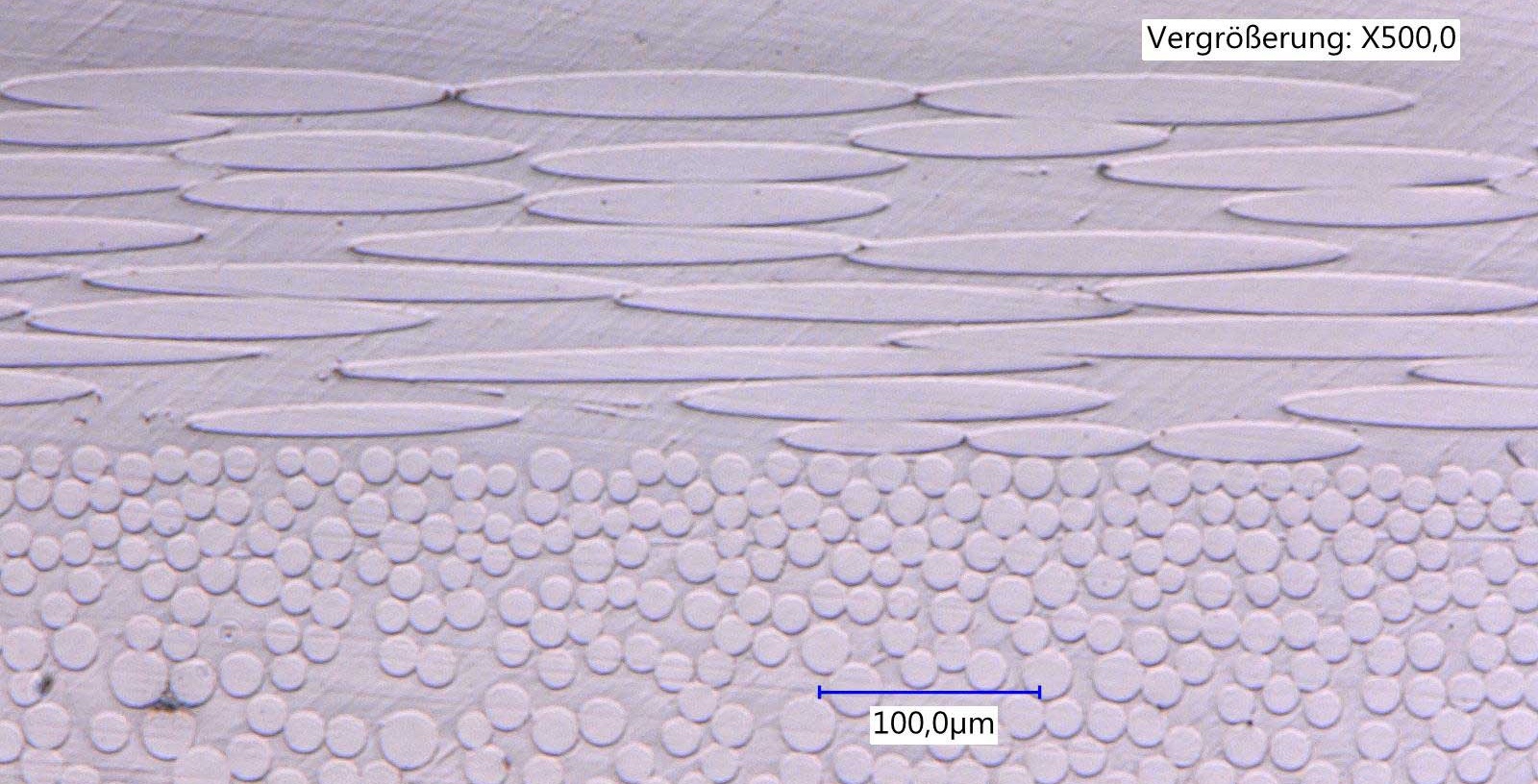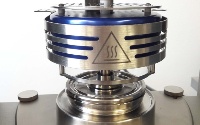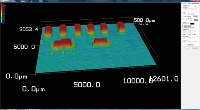Analytics
 Our analytical labs are equipped with state-of-the-art equipment for
material analysis, which is used for the comprehensive characterization of substances. A
corresponding sample preparation is guaranteed by our experienced staff.
Our analytical labs are equipped with state-of-the-art equipment for
material analysis, which is used for the comprehensive characterization of substances. A
corresponding sample preparation is guaranteed by our experienced staff.
 Our analytical labs are equipped with state-of-the-art equipment for
material analysis, which is used for the comprehensive characterization of substances. A
corresponding sample preparation is guaranteed by our experienced staff.
Our analytical labs are equipped with state-of-the-art equipment for
material analysis, which is used for the comprehensive characterization of substances. A
corresponding sample preparation is guaranteed by our experienced staff.
The method of differential scanning calorimetry (DSC) is used to determine the melting
temperature, the glass transition temperature, as well as the enthalpy change during melt, crystal
transformations and chemical reactions.
Another thermal analysis, thermal-gravimetric analysis (TGA), is used to determine the change
in mass as a function of temperature and/or time. This measuring method is used, among other
things, to quantify the amount of fillers (carbon black, chalk, glass fibers or other inorganic
fillers), the decomposition behavior and to determine drying times for substances containing water
or solvents.
Infrared spectroscopy (FTIR) is used to identify unknown samples by comparison with spectra from
a database or for quantitative analysis of samples. The plastics to be examined can be present as
part, film, plastic granulate or powder to be identified.
UV/VIS spectroscopy can be used to investigate damage to plastics, color pigments and paints.
Often the decomposition of plastics already begins under the influence of daylight. This becomes
apparent by embrittlement or discoloration, which can be prevented by suitable material selection
and resistant pigments.
In gas chromatography with mass spectrometry coupling (GCMS), the gas chromatograph is used to separate the mixture of substances to be investigated and the mass spectrometer to identify and, if necessary, quantify the individual components.
 A rheometer can be used to measure the flow properties of
fluids in relation to different mechanical loads and temperatures. For example, it provides insight
into the viscosity and dilatancy, which are measures of toughness during flow. This can be used to
follow the curing of adhesives or to characterize the melting of thermoplastics. Statements can
also be made about thixotropy and intrinsic viscosity, as is the case with fluids which change
their flow behavior greatly with load. This is of particular interest when using paints and
varnishes which can be spread and sprayed but should not drip or run afterwards.
A rheometer can be used to measure the flow properties of
fluids in relation to different mechanical loads and temperatures. For example, it provides insight
into the viscosity and dilatancy, which are measures of toughness during flow. This can be used to
follow the curing of adhesives or to characterize the melting of thermoplastics. Statements can
also be made about thixotropy and intrinsic viscosity, as is the case with fluids which change
their flow behavior greatly with load. This is of particular interest when using paints and
varnishes which can be spread and sprayed but should not drip or run afterwards.
 High-resolution digital microscopy can be used to analyze the
finest structures and combine different levels of an object to form a 3D image. Digital technology
makes it possible to create images with continuous depth of focus. A lens with a swivel stand and
20 to 100x magnification enables the creation of all-round views. For higher magnifications, a lens
with 200 to 1000x magnification is also available.
High-resolution digital microscopy can be used to analyze the
finest structures and combine different levels of an object to form a 3D image. Digital technology
makes it possible to create images with continuous depth of focus. A lens with a swivel stand and
20 to 100x magnification enables the creation of all-round views. For higher magnifications, a lens
with 200 to 1000x magnification is also available.